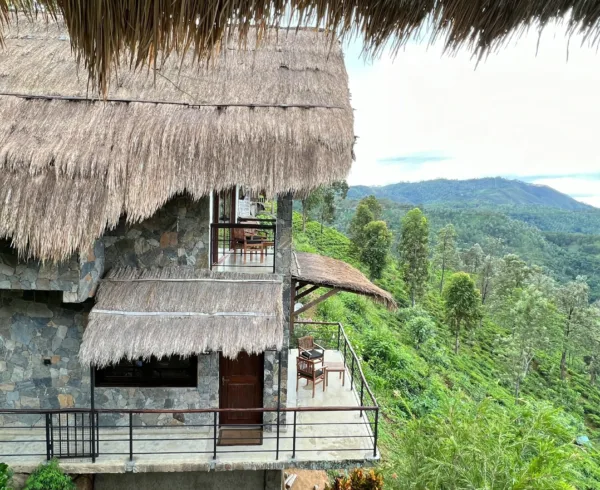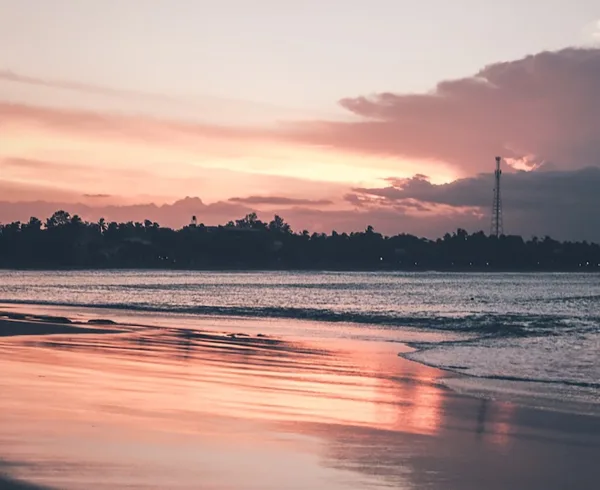Every inch of soil being fertile, Sri Lanka is endowed with not only lush greenery but also many cultured cultivations, grown to perfection. The main agricultural focus of Sri Lanka is on tea, rubber and coconut and each cultivation has a unique historic story as to how it was first introduced and has now become a thriving industry.
Tea, Rubber & Coffee
Historically, the most prominent of Ceylon plantations was coffee but upon the destruction of the coffee plantations, the first tea seedlings were introduced in the 19th century. Since then, tea plantations have fast gained popularity and today there are thousands of acres of neatly manicured tea plantations in the highlands and the lowlands of the island. The first rubber seedlings were introduced to Sri Lanka in 1877 and though it initially suffered setbacks due to the thriving nature of the tea and coffee industries, it has now gained much popularity as one of the most prominent plantations in Sri Lanka . Coconut plantations in Sri Lanka are usually dispersed right along the coastal belt with a high concentration of coconut trees in Colombo, Kurunegala and Chilaw also known as the Coconut Triangle.
Spices
Having a significant place in the spice route from ancient history during the times of the Greeks, Romans, and Arabs, the spice plantations in Sri Lanka are indeed noteworthy. Discovered by the Portuguese and then by the Dutch and the British each bringing their own influences, the Ceylon plantations include many spices such as cinnamon, cardamom, mace, nutmeg, fenugreek, cumin, chillies, and pepper among many others. The rich heritage of spice plantations in Sri Lanka has over the years influenced the style of cooking and today most Sri Lankan dishes are laden with spices complementing the flavours of each meal.
You can visit most of these plantations for leisure and may even be able to participate in farming activities for a more immersive experience.




